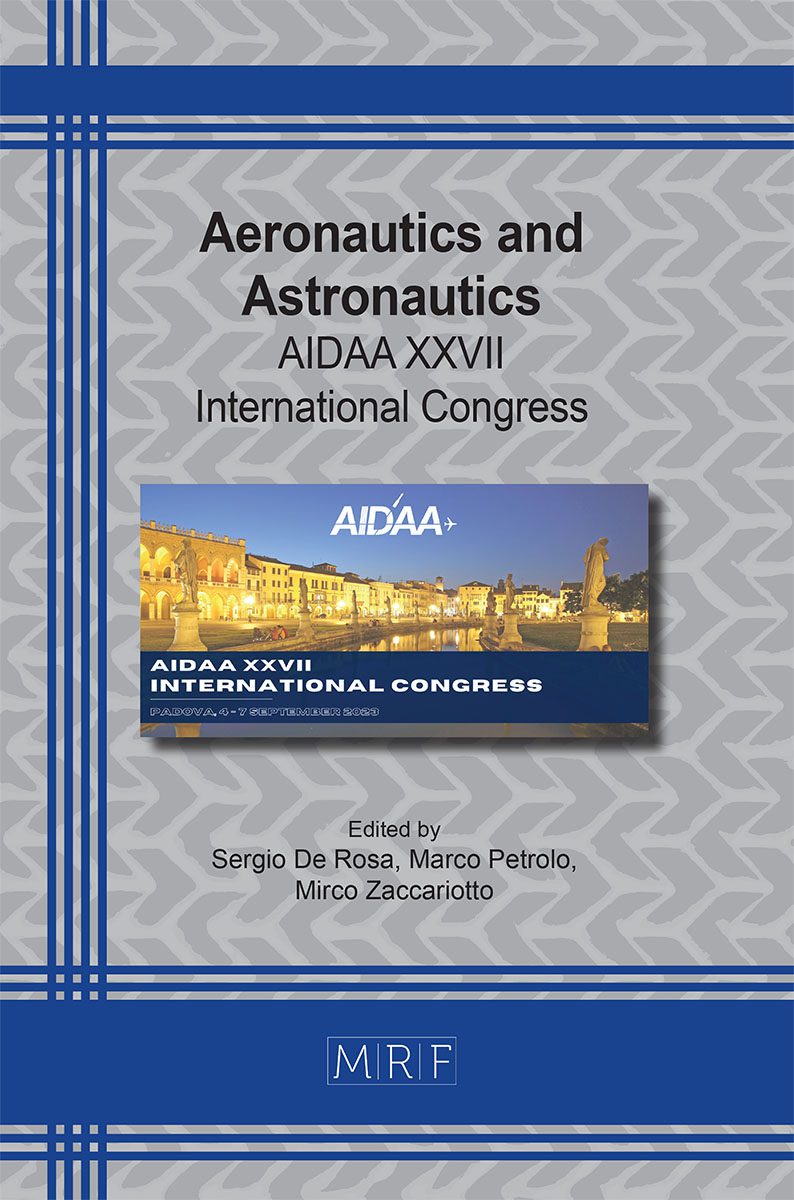The application of modal effective mass for PCB friction lock compliance against spacecraft launch random vibration spectrum
Mark Wylie, Leonardo Barilaro
download PDFAbstract. Modern spacecraft design requires high density, low mass, modular electronic system architectures. This format often utilises a common backplane with Printed Circuit Boards (PCBs) interconnects. Adaptable electronic systems, such as modular Data Acquisition (DAq) systems, allow for configuration via insertion and removal of modules to meet the mission requirements. Common methods to mechanically fix the PCB to the chassis are by using stand-offs, with the primary function to minimise displacement through structural rigidity and to provide strain relief to the electronic connectors. Other methods, such as PCB friction lock allow for strain relief, improved thermal grounding of the PCB to the chassis but also allows for easy insertion and removal of the PCBs. One disadvantage of this system is that the retention force of the PCB is carried by a friction lock device and under acceleration loads, typically experienced in the launch environment, may cause failure. This paper presents a method to establish compliance of PCB friction lock devices using modal Finite Element Analysis (FEA) to predict the resonant frequencies and their Mass Participation Factor (MPF). Using this data, it is proposed that the use of an adaptation of the Miles Equation along with an equivalent g-RMS estimation can be used to determine the Random Vibration Load Factors (RVLF). A comparison of the RVLF with the retention force of the friction lock device can then give insight to the friction joint compliance.
Keywords
Modal Finite Element Analysis, Electronics, Spacecraft Structures, Friction-Locking Devices, Random Vibration Analysis
Published online 11/1/2023, 5 pages
Copyright © 2023 by the author(s)
Published under license by Materials Research Forum LLC., Millersville PA, USA
Citation: Mark Wylie, Leonardo Barilaro, The application of modal effective mass for PCB friction lock compliance against spacecraft launch random vibration spectrum, Materials Research Proceedings, Vol. 37, pp 601-605, 2023
DOI: https://doi.org/10.21741/9781644902813-131
The article was published as article 131 of the book Aeronautics and Astronautics
![]() Content from this work may be used under the terms of the Creative Commons Attribution 3.0 license. Any further distribution of this work must maintain attribution to the author(s) and the title of the work, journal citation and DOI.
Content from this work may be used under the terms of the Creative Commons Attribution 3.0 license. Any further distribution of this work must maintain attribution to the author(s) and the title of the work, journal citation and DOI.
References
[1] L. Trittoni & M. Martini, Force-limited Acceleration Spectra Derivation by Random Vibration Analysis, Alenia Spazio, www.vibrationdata.com, (2004).
[2] Xie J.,Sun D.,Xu C. and Wu J. The Influence of Finite Element Meshing Accuracy on a Welding Machine for Offshore Platform’S Modal Analysis. Polish Maritime Research, Vol.25 (I3), pp. 147-153. (2018). https://doi.org/10.2478/pomr-2018-0124
[3] T. Irvine, Extending Steinberg’s Fatigue Analysis of Electronics Equipment Methodology to a Full Relative Displacement vs. Cycles Curve. Rev C, www.vibrationdata.com, (2013).
[4] V. Babuska, S P. Gomez, S A. Smith, C Hammetter and D Murphy. “Spacecraft Pyroshock Attenuation in Three Parts,” AIAA 2017-0633. 58th AIAA Structures, Structural Dynamics, & Materials Conference, (2017). https://doi.org/10.2514/6.2017-0633
[5] J.W. Miles, “On Structural Fatigue under Random Loading”, Acoustical Society of America Journal, vol. 29, no. 1, p. 176, doi:10.1121/1.1918447, (1957). https://doi.org/10.1121/1.1918447
[6] MIL-STD-1540C, Test Requirements for Launch, Upper-Stage and Space Vehicles, (1994).
[7] T. Irvine, An Introduction to the Random Vibration Spectrum, Section 17. https://www.vibrationdata.com/tutorials2/Tom_book_12_1_19.pdf, (2019).
[8] D. Fuller. Excerpt from “Theory and Practice of Lubrication for Engineers”. Coefficients of Friction. https://web.mit.edu/8.13/8.13c/references-fall/aip/aip-handbook-section2d.pdf, (1970).
[9] R. Mayes et al, Efficient Method of Measuring Effective Mass of a System, Experimental Mechanics, NDE and Model Validation Department, Sandia National Laboratories, (2014).












